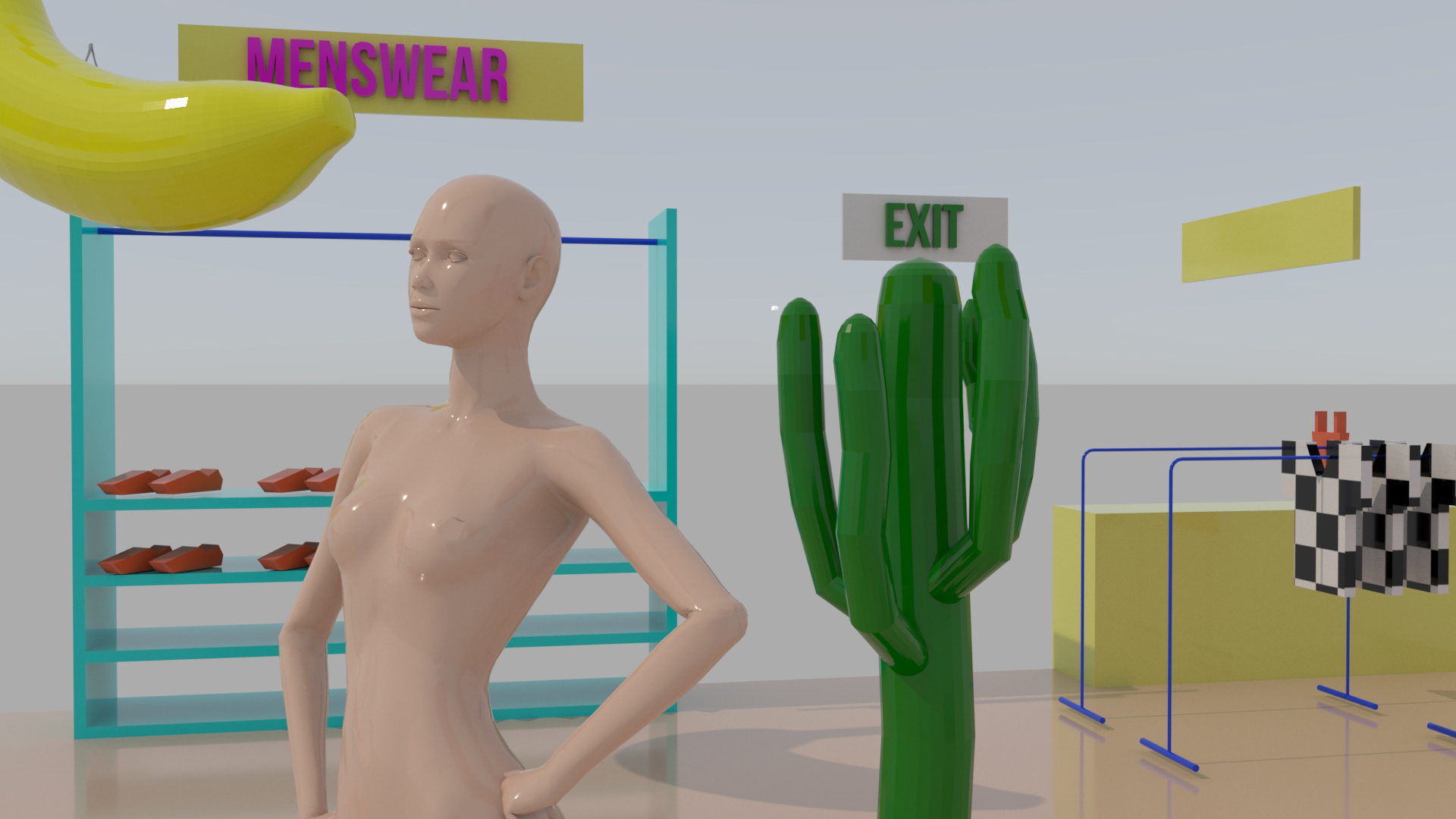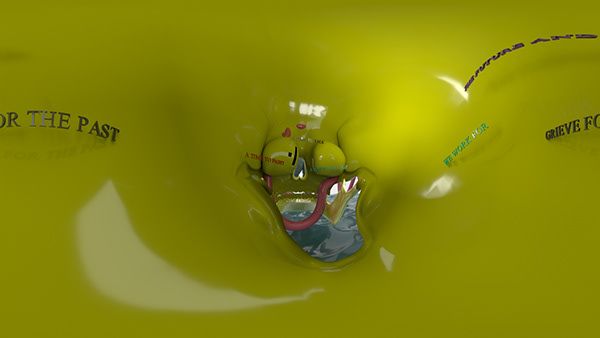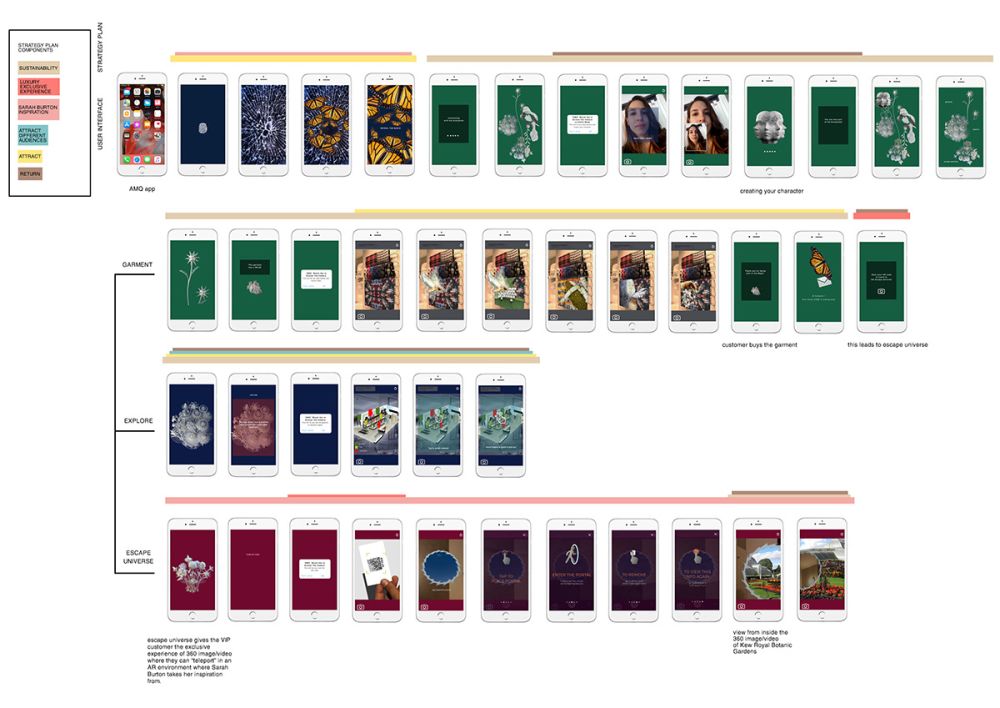Despoina Zachariadou, LCF has been selected as the AER artist in residence at The Guapamacátaro Centre for Art and Ecology. A site-based, community-oriented initiative where artists from different disciplines, scientists, educators and activists converge to foster culture, collaboration and sustainable development.
Set up by Professor Lucy Orta UAL Chair of Art for the Environment - Centre for Sustainable Fashion in 2015, The Art for the Environment International Artist Residency Programme (AER) provides UAL graduates with the exceptional opportunity to apply for short residencies at one of our internationally renowned host institutions, to explore concerns that define the 21st century – biodiversity, environmental sustainability, social economy, and human rights. Through research, studio practice, critiques and mentoring the AER programme is designed to envision a world of tomorrow; to imagine and create work that challenges how we interact with the environment and each other.
Gallery
Read Despoina Zachariadou's successful residency proposal:
“Hablando con árboles – Talking with Trees” is a project proposal of an interactive storytelling experience. An innovative and experimental VR piece-documentary with a unique perspective of the relationship between human and forest trees.
Historically trees have been symbolic and powerful in human life. In Greek mythology of my country “talking trees” were considered to have prophetic abilities and talking with the voice and insights of gods. Mexico, equally rich in myths and storytelling, incredibly rich in natural treasures as well, is facing deforestation as one of its major environmental threats. “Talking with trees” is a paraphrasis of the mythology term “talking tree”. This project wishes to remind us the magical and crucial importance of trees in our life but moreover with a fresh interpretation to suggest a both-sides' interactive and communicative relationship between human and trees, human and nature.
WHAT-WHY
In an interactive film-experience you make people act, chose, think and position themselves into the things, inside the story. There is no longer the passive distance from the screen.
A virtual reality interactive documentary is a great challenge but also the best way for an inclusive project that can be built collaboratively with the site nature and the people of the community. Also, it will be produced with innovative and experimental technologies and ways of storytelling that question the established way of thinking and of visual arts. Finally, this project aims to introduce to the community and especially the young generation peaceful and powerful ways of using the latest technologies and has the power to bring the final outcome and the voices of this project to the world.
HOW-RESOURCES
For the realization and production of the project I intend to work on, I am planning to bring my personal technology equipment including VR headset, controllers and laptop, kinect sensor that can capture movement and 3d scan video, camera for photogrammetry, microphone.
As a documentary-based theme, I wish to build this project along with the involvement of the community people and young enthusiasts that would like to be part of it. This will be facilitated by my advanced conversational level knowledge of Spanish language. Thus, I am planning to work 4 days weekly in individual research, personal connection to the sit and technical development of the project (3d model, animation, sound composition, interaction programming) and run 3-days weekly activities open to community and other people. The capture techniques involve 3d video, 3d scan with photogrammetry and also sound composition and sound capture of trees and people. The idea is to create a sensorial communication language between human and trees, less verbal and more emotional.
At the end of each of the two first weeks, two stages of script-scenario development will be reviewed based on the unique site-time-people encounters leading to a final editing of the VR piece during the last week. The final VR experience is aimed to be presented to the public at the Public exhibition at the Open House event.




